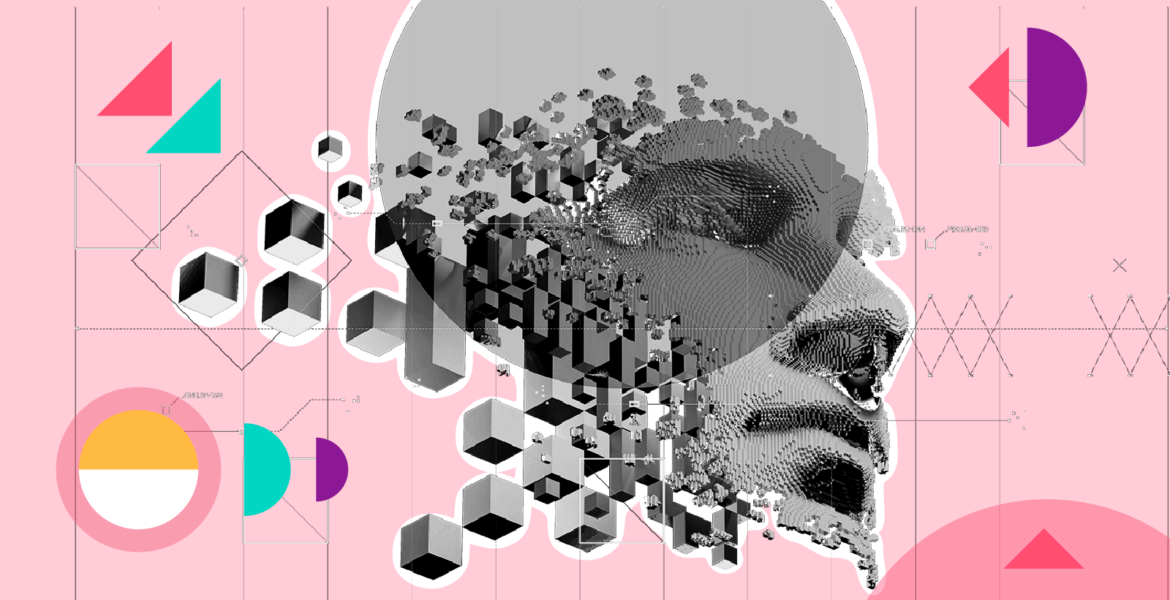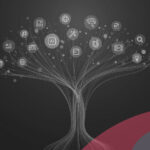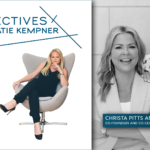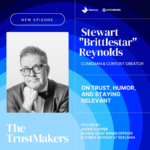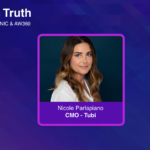By Chris Camacho, CEO, Cheil UK
In an age where technology is reshaping every facet of our lives, the debate between human originality and artificial intelligence (AI) continues to gain momentum. At the heart of this discussion lies an intriguing parallel: while AI relies on Large Language Models (LLMs) to generate content, humans too draw on their own form of LLMs – Learnt Life Moments. This metaphor captures the essence of our unique contributions to creativity, digital innovation, and marketing. It is here that original human thinking, infused with bold, brave, and first-ever insights, holds a decisive advantage over algorithmic outputs.
AI’s Expansive Capabilities
Artificial intelligence has undeniably transformed the landscape of creative production. With the power of LLMs, AI can swiftly analyse vast datasets, recognise patterns, and generate content at an unprecedented scale. It excels in consistency, speed, and efficiency. AI can churn out multiple variations of copy, optimise campaigns through real-time data analysis, and even predict trends based on historical consumer behaviour. For tasks that require routine execution, such as segmentation of audiences or A/B testing of ad creatives, AI is an invaluable tool.
However, the strength of AI lies in its ability to mimic patterns and replicate known structures. While this is impressive, it also means that AI is inherently limited by the data it has been exposed to. It can synthesise information and even produce creative outputs, but it often lacks the spark of originality that comes from genuine human experience. In the realm of creative and strategic thinking, there remains a critical space for ideas that challenge norms and push boundaries, something AI, by its nature, struggles to do independently.
The Power of Human Originality
Humans, on the other hand, operate with a rich tapestry of Learnt Life Moments. These moments are the cumulative result of personal experiences, emotions, cultural nuances, and ethical considerations that cannot be replicated by an algorithm. It is precisely these attributes that make human insight so invaluable in the creative, digital, and marketing industries.
Consider a campaign that resonates on an emotional level, not merely because it follows a formula, but because it reflects the lived experiences of its creators. Humans can be bold, brave, and first when it comes to pioneering ideas that defy convention. This audacity is essential for breakthrough moments in marketing, moments that captivate audiences and create lasting brand impressions. Original thinking involves not only recognising emerging trends but also questioning and redefining them. It is about seeing beyond the immediate data and connecting with consumers on a deeper, more personal level.
For instance, while AI might generate hundreds of variations of a tagline, only a human can discern which version carries the right tone, cultural relevance, and emotional weight. Humans possess the innate ability to understand context, adapt to nuance, and ultimately deliver messages that resonate. In a world where consumer journeys are no longer linear and are increasingly fragmented, this human touch becomes indispensable.
The Best of Both Worlds
The future is not an either/or scenario between human ingenuity and AI capability. Instead, it is about harnessing the strengths of both. The most successful brands and creative agencies will be those that integrate AI’s data-driven precision with the unparalleled originality of human thought. Imagine a creative team using AI to gather insights, predict trends, and generate initial drafts, which are then refined and infused with bold, brave, and first-ever creative ideas by human strategists and artists. This hybrid approach can lead to campaigns that are not only efficient and scalable but also rich in originality and cultural resonance.
For example, a recent digital marketing campaign might have utilised AI to analyse consumer sentiment across social platforms, thereby identifying emerging themes. Armed with this data, creative directors could then craft a campaign that tapped into these trends while incorporating unique narratives and authentic storytelling, elements that only a human can provide. Similarly, an innovative product launch could leverage AI for logistical optimisation and targeting, while the creative vision and brand ethos are driven by human insight and emotional intelligence.
This symbiosis also extends to how we measure success. While AI can track metrics and optimise performance in real-time, human analysts are essential for interpreting these data points in a broader strategic context. They can ask the tough questions: Does this campaign truly connect with our audience? Are we challenging conventional norms, or are we merely following established patterns? In this regard, original human thinking is the critical element that transforms raw data into meaningful, actionable insights.
Fusion for the Future
The ongoing evolution of technology and consumer behaviour underscores a vital truth: original thinking remains a cornerstone of innovation in the creative, digital, and marketing industries. AI’s Large Language Models have revolutionised content generation and data analysis, yet they do so within the confines of pre-existing patterns and historical data. Humans, drawing on their rich reservoir of Learnt Life Moments, bring a level of originality, context, and emotional nuance that is irreplaceable.
There is a role for both, and when both are harnessed in the right way, amazing things can happen. Whether it is a marketing campaign that shifts paradigms or a digital strategy that redefines customer engagement, the fusion of AI efficiency and human originality promises a future of boundless creativity. Be bold, be brave, be first and embrace the power of collaboration between technology and human ingenuity to shape a dynamic and innovative tomorrow.

